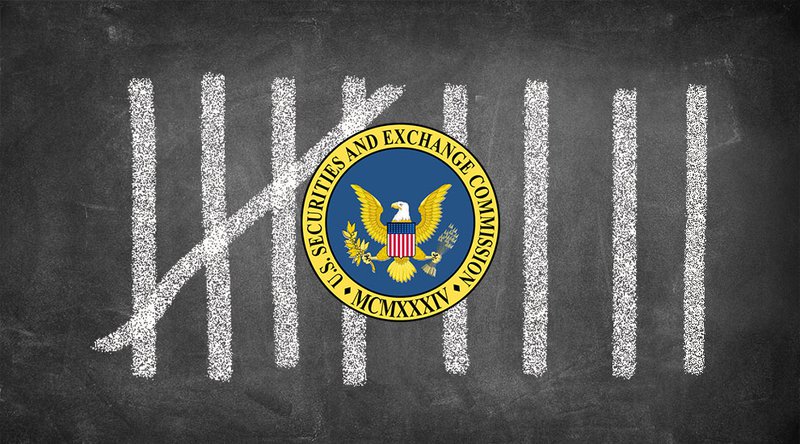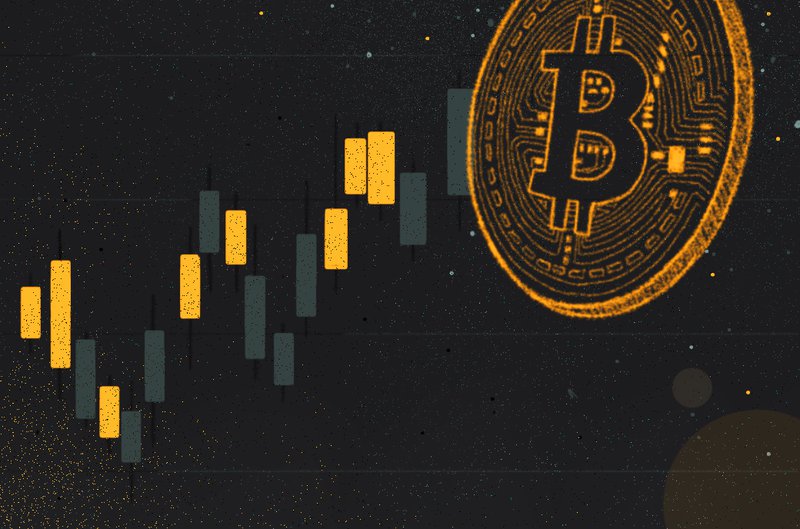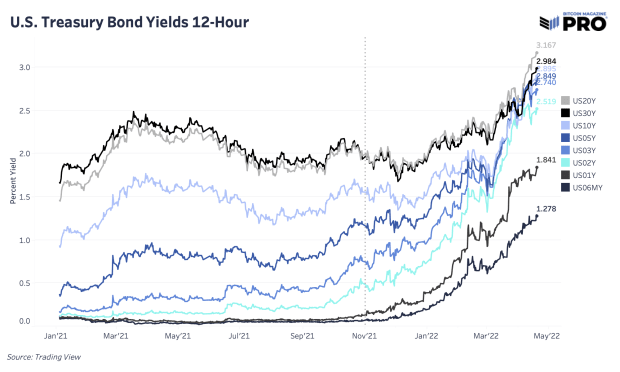Satoshi Nakamoto’s Bitcoin State Of Mind
Bitcoin fits into the framework of economic equality, which exposes Nakamoto’s intentions to provide an opportunity to opt out of the financial system.
Imagine Tupac Shakur (also known professionally as 2Pac) coming back to discover modern rap music. At the very least, he would have some questions, “What the fuck is ‘mumble’ rap?” Not that 2Pac invented rap, but he’s certainly a contender for the greatest rapper of all time, so assuming he would have input is no stretch.
Satoshi Nakamoto coming back to discover modern “crypto” might experience something similar. Building something as elegant and necessary as Bitcoin, then later realizing the market is hungry for countless imitations, might be confusing and insulting. Nakamoto clearly had a vision.
Based on his own words, and the specifications of Bitcoin, we should feel confident while speculating on his vision. In other words, what do we think he was trying to accomplish for generations to come? We can start by eliminating some common suspicions. If his dormant coins are any indicator, then he wasn’t motivated by profits. His anonymity is apparently important to him because even after Bitcoin became globally recognized, his identity is still unknown, so he’s unlikely motivated by fame or recognition (if he’s still alive).
He seemed to care about solving long-standing issues within our financial system, which were made glaringly obvious during the 2008-2009 financial crisis. There is no coincidence that Bitcoin was released to the public during the same time. Origin stories are important, especially when navigating something as confusing as modern cryptocurrencies. Altcoins did not exist when Nakamoto was inventing Bitcoin, so he was not throwing Bitcoin into the ring with other cryptocurrencies, but was going against the entire fiat network, which implies his vision was enormous.
Bitcoin is both a reactive and proactive system: an attempt to remove trust from monetary networks and monetary policy by stripping decision-making power from individuals, and distributing the power evenly throughout the entire community. He must have known Bitcoin would eventually grow out of his control, which has already happened. No monetary system has proven to be as decentralized and secure as Bitcoin, even after 13 years and the creation of tens of thousands of altcoins.
Lord knows how many years or decades Nakamoto spent witnessing governments and wealthy individuals abuse fiat systems — which is relatively easy to accomplish when centralization is the standard. Give absolute power to anybody (especially over money), and corruption is bound to surface. We’re only human, so the only sure-fire solution is to set the monetary policy in the beginning, and enable the security of the system to defend against alterations, which is the concept and operational standard of Bitcoin.
“The root problem with conventional currency is all the trust that’s required to make it work. The central bank must be trusted not to debase the currency, but the history of fiat currencies is full of breaches of that trust.” — Satoshi Nakamoto (February 11, 2009)
He identified an economic void, which decreases the quality of nearly everybody’s financial situation — inflation. He chose the words “debase the currency,” and then proceeded to design Bitcoin in such a way for currency debasement to be nearly impossible. Of all the economic issues, inflation has the most detrimental effect on a vast majority of society. Without a doubt, other economic issues exist and should be addressed. However, we cannot simultaneously solve every issue, so prioritizing is only logical.
Nakamoto must have had his priorities straight, because he sacrificed scalability among other features to preserve and protect monetary policy. If we can’t change the behavior of those people in power, then we can take the power away from them altogether. Some people benefit from inflation, but most people suffer. The reliability of the Bitcoin network is proof of our ability to eliminate the unjust practice of inflation. Although Bitcoin is a complex technology, the monetary aspect is simple — fair and transparent monetary policy, which is a step toward the restoration of economic hope.
Too many people live paycheck-to-paycheck with minimal savings and no investments. Relying on the purchasing power of fiat currency is the norm (and also a huge problem). Bitcoin as a monetary tool allows everybody to have the same opportunity — accumulate and save as much money as possible and preserve any amount of wealth, large or small, without the worry of confiscation or inflation, i.e., the way money should be. Saving fiat is not rewarding, which breeds consumerism. If we ever want to achieve any amount of financial progress (especially those in the lowest economic classes), then our money cannot be consistently devalued over time.
Bitcoin fits into the framework of economic equality, which exposes Nakamoto’s intentions. As the network grows and develops, the integrity of Bitcoin becomes ever more clear. Other than current and temporary market conditions, owning bitcoin is not risky. We can have high confidence in the predictability of the monetary policy (issuance rate) and network security, while having peace of mind knowing our currency will not be debased over any amount of time, which is the exact opposite of fiat currency. Although many altcoins appear to be solid on the surface, none have the security of Bitcoin.
For many people, no financial implication is more important than preserving what small amounts of wealth we have. Living paycheck-to-paycheck is manageable; being broke and becoming even more broke due to inflation is hopeless. People who work hard should never have fear about not having enough purchasing power to afford the basics. The 21 million supply cap of bitcoin might be the most important feature because all we’ve ever known is an unlimited supply of fiat currency leading to higher and higher levels of inflation.
One can defend other cryptocurrencies as solving the issue of inflation, and part of the argument would be valid. Although inflation is likely the greatest problem, it is not the only problem. Nakamoto’s careful selection of protocol aligns with the complete monetary package. Lay the strong foundation first and then build up. When analyzing Bitcoin as a complete set of monetary tools, it is undoubtedly superior to every other cryptocurrency on the market. We can debate this until Jesus returns, but the market has undisputedly decided which cryptocurrency belongs in the #1 spot.
Nakamoto’s state of mind is apparent — establish and distribute sound electronic cash which empowers and maximizes self-sovereignty. Thinking about the basics of adulthood, people want to work, spend some of their money while surviving and enjoying life and save the rest for retirement. With fiat currencies and altcoins, proper measures were not taken in the beginning to ensure preservation of monetary policy and security, so we have no reason to have long-term confidence. In other words, shortcuts were taken. Nakamoto was evidently focused on building a strong foundation, which takes time. Since Bitcoin’s narrative has barely changed since the beginning, the earliest visions of Bitcoin are still relevant, and likely always will be.
This is a guest post by Salvatore Norge. Opinions expressed are entirely their own and do not necessarily reflect those of BTC Inc. or Bitcoin Magazine.









